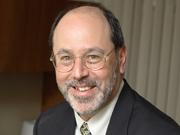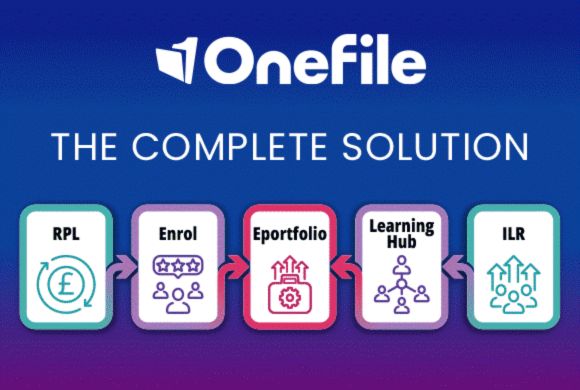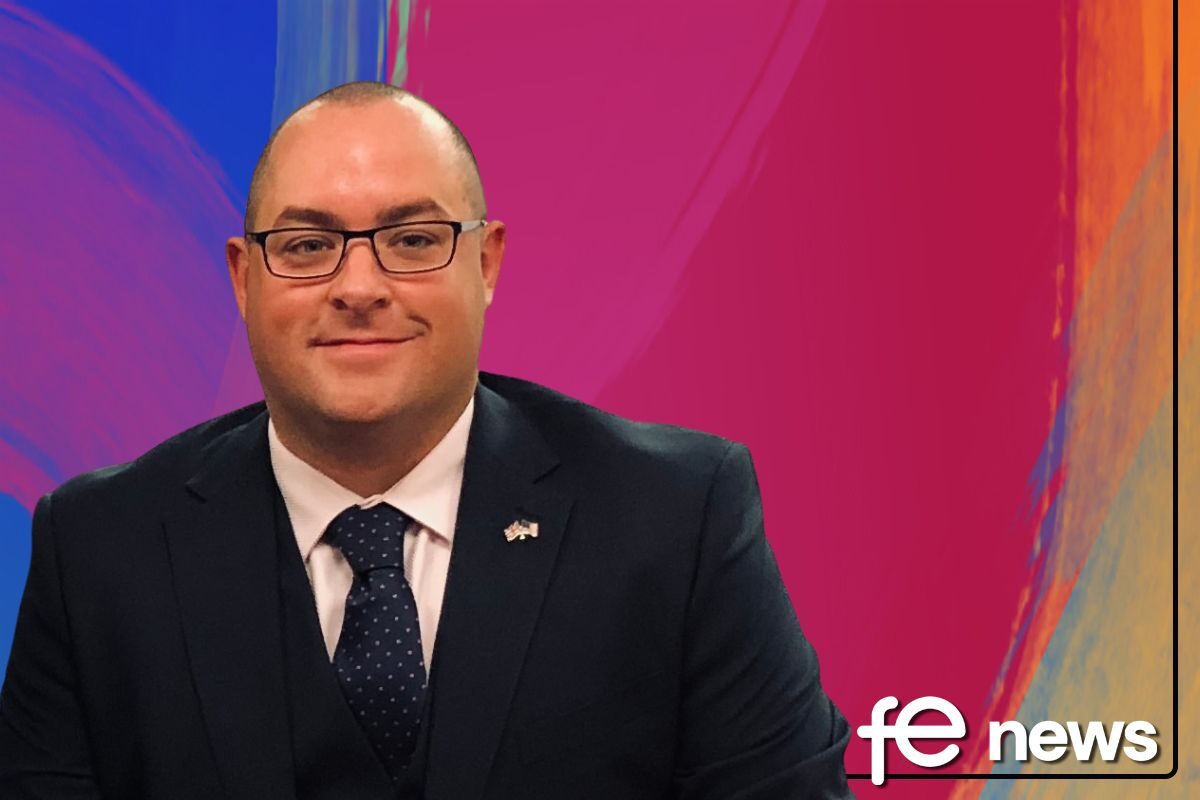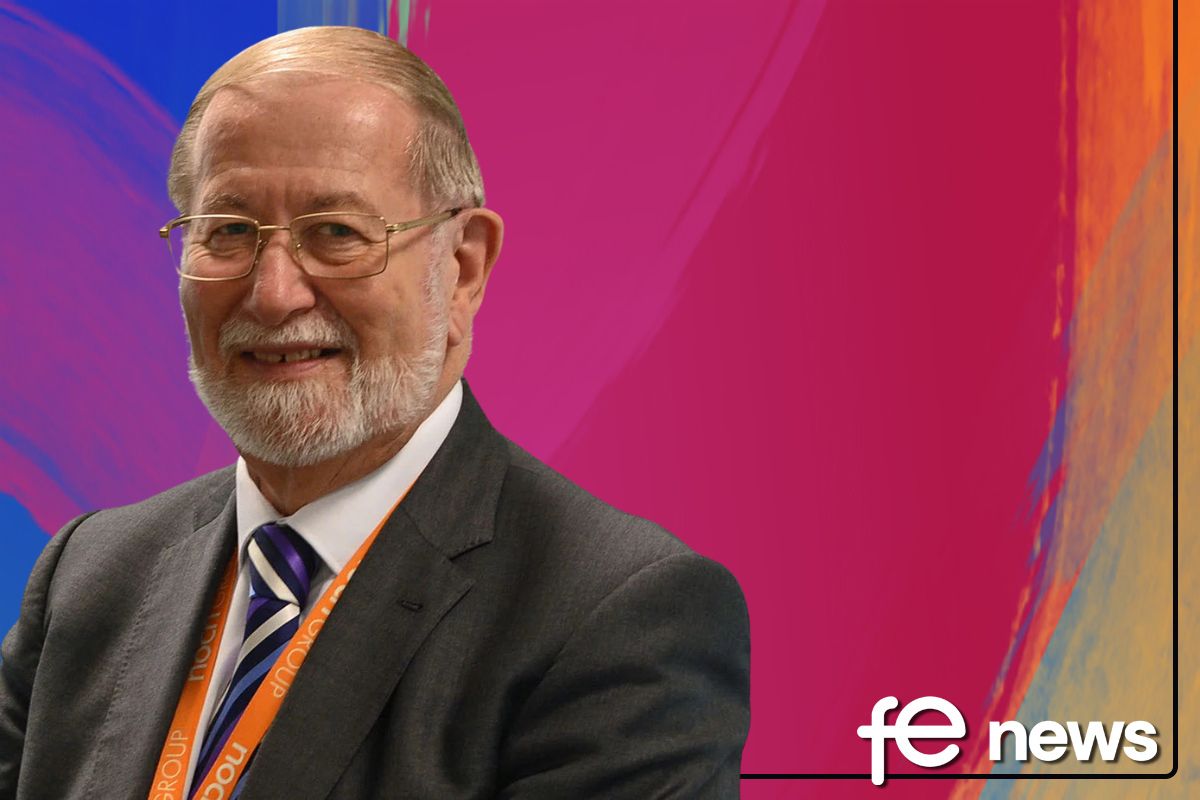Who’s number one? Who cares?

I don’t know about my British friends, but we here in America seem obsessed with rankings – who’s in, who’s out, who’s Numero Uno, et cetera. The same obsession carries over to our university and college sector. U.S. News and World Report has for many years issued its annual best colleges and universities rankings – which remain somewhat controversial depending upon how much credence one gives to their rankings methodology.
Last August, President Obama announced a new college rating plan to “measure college performance through a new ratings system so students and families have the information to select schools that provide the best value”. What drives this new federal interest in ratings? Simple: college costs are rising faster than the general rate of inflation and financial support meted out through federal student aid programs has been growing robustly – now estimated to top $170 billion annually in grants, loans and tax credits and deductions.
Immediately after announcing the plan, the Obama proposal has become a lightning rod of controversy from all sides of the higher education community – including community and technical colleges. Most have dismissed the ratings as just another form of rankings. Like anything else, the “devil in is the details,” and the Obama Administration has been insistent that it has no initial litmus test for rating colleges and universities. Federal officials intend to build a rating system designed to inform consumers about “best value” and implement it in 2015. But will it have the intended effect?
Public Agenda, a nonprofit, nonpartisan group focusing on policy issues and solutions, issued a report last November that begs the question as to whether a rating system will create better-informed higher education consumers. “Is College Worth It For Me? How Adults Without Degrees Think About Going (Back) to School,” sponsored by the Kresge Foundation, raises important doubts. For instance, the report found that students and families seldom use the reams of already copious data about colleges and universities when making decisions on where to attend school. In fact, friends, family and colleagues are the most often cited sources for consultation about which colleges and universities are best.
Furthermore, the Public Agenda report revealed skepticism about whether commonly used metrics, such as graduation rates and average student debt, are useful bits of information to acquire before making decisions on where to enroll. This seems to support students’ and parents’ preferences for ignoring data – that is, anecdotal information appears to carry the day for a great many students and parents. So why assume the Obama plan will be any better used by consumers?
What’s worse, the ratings system is highly problematic for our community and technical colleges. In a system of 1,200 institutions scattered all across the United States with different missions and purposes, a rating system could exacerbate the proverbial “apples to oranges” comparisons. That is to say, how would a rating system deal with the many nuances that exist among community and technical colleges? Those nuances define institutions relative to mission, purpose, and all important measures of connectedness to their community by offering programs targeting specific local and regional labor force and economic needs.
And, as reinforced by the Public Agenda report, students seldom select their community or technical college on the basis of a set of metrics. Instead, factors such as geographic proximity, recommendations from friends and colleagues, cost, availability of programs, and open admissions to name just a few, count for more when making choices as to where to enroll.
We in the community and technical college sector are totally committed to transparency, choice and value. While the details of the plan are unknown, the goal should not be identifying the “best of” but rather the “best value” for our millions of students who need choices for their higher education. Being number one on any dimension is not the goal. Fostering an educated citizenry is. This holds true both for America and Britain.
J. Noah Brown is the president and CEO of the Association of Community College Trustees and the author of First in the World: Community Colleges and America’s Future. He is based in Washington, D.C.













Responses